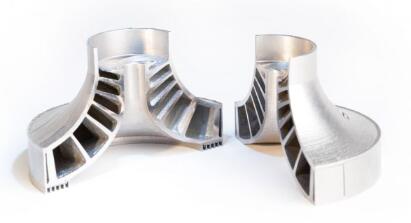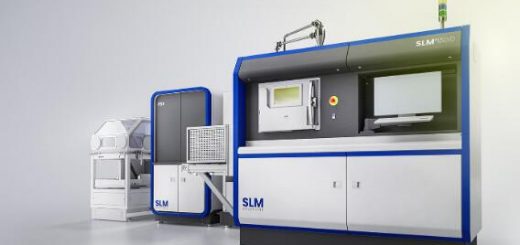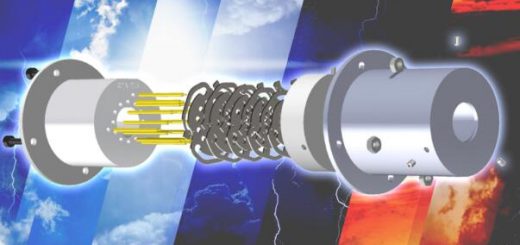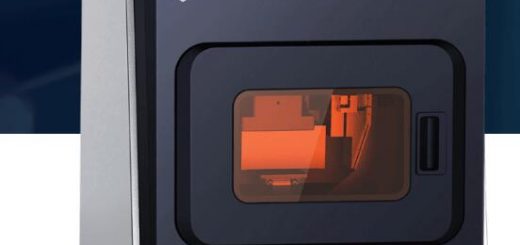Velo3D’s Shrouded Impeller Applications
Pumps and compressors are some of the most common pieces of industrial equipment, found in just about everything. One particular class of such pumps is the centrifugal pump, which has many uses in very demanding applications. The impeller in these pumps can either be open or can have a shroud or covering depending on the particular application. Shrouded, or closed, impellers are utilized in high performance pumps where efficiency is of concern, and also find a lot of use in pumping flammable or explosive fluids. The shroud on the impeller makes the pump less sensitive to impeller/volute tolerancing and drift, which increases the pump performance and eliminates the potential for sparks that might result from contact with the volute. Examples of applications include turbopumps (particularly for aerospace and rocket propulsion), electric submersible pumps for oil and gas, and industrial compressors.

Image: Velo3D Shrouded Impeller *cut in half
Owing to the rise in commercial space exploration, impellers are widely used in rocket engines. Shrouded impellers are found in the turbopumps that feed the engine, often with Inconel impellers on the liquid oxygen (LOX) side and Titanium impellers on the fuel side. In some applications (e.g., oxygen-rich staged combustion with high-pressure LOX), even tried-and-true Inconel 718 can be found to be lacking — or, at worst, fuel for a catastrophic event. In this case, many people have turned to Monel or another proprietary (e.g., Mondaloy) alloys. With so many considerations to their use, shrouded impellers are often customized for each job, designed to suit the demands of a given operating environment.
![]() The complexities in creating shrouded impellers make them a good fit for the benefits of additive manufacturing.
The complexities in creating shrouded impellers make them a good fit for the benefits of additive manufacturing.
Design issues addressed via additive manufacturing include the consolidation of parts and the creation of internal passages. Generally, today’s designs are 5-axis machined with both the bottom impeller and shroud created as separate pieces that are then brazed or EBM welded together, a process that can be expensive, time-consuming, and relatively low yield. Producing these parts in an additive workflow has long been an attractive proposition, but one that has remained challenging with available market solutions.
The angle of overhangs and the need to remove supports while maintaining acceptable surface finish have been among the primary limitations of employing additive manufacturing for this application. Furthermore, post-processing requirements have been extensive, consisting of electrochemical polishing, extrude honing, and/or other processes, each with its own set of advantages and disadvantages. Electrochemical polishing, for example, is expensive and can require complicated tooling, while extrude hone preferentially removes/polishes certain surfaces in the fluid channels.
![]() The unique needs and challenges of shrouded impellers are a strong fit with Intelligent Fusion™ technology, placing this application in Velo3D’s wheelhouse.
The unique needs and challenges of shrouded impellers are a strong fit with Intelligent Fusion™ technology, placing this application in Velo3D’s wheelhouse.
Additive manufacturing using the Velo3D’s Sapphire system can produce a shrouded impeller up to a 12” diameter, with shroud angles down to 5 degrees, not requiring supports. This represents a significant improvement from other AM solutions, as no internal supports are needed to build shrouded impellers, aside from the extruding lip on the outer rim and the bottom edge. We’ve found that it is generally a good practice to extrude a wall around the diameter of the impeller to support the shroud; this can be turned off in a single operation in post-processing.
The Sapphire system is able to produce most shrouded impeller geometries with a surface roughness lower than 10 micron SA on all surfaces. In addition, our closed-loop melt pool control and metrology systems ensure real-time control and monitoring throughout the build, ensuring consistency from build to build and structural integrity of each finished piece.
When using costly metals and creating critical-use parts, it’s important that any manufacturing process produces and maintains reliable results — not only meeting but exceeding existing capabilities. Rather than complex machining from a block of metal, the Velo3D approach to parts uses only the material necessary for each part, with the lack of supports reducing extraneous material usage. Cutting costs as well as final part weight through optimized design, our process for 3D printing shrouded impellers offers a compelling alternative to the manufacturing status quo.
Source: Velo3D




Recent Comments